Gazpacho
While outside of the Iberian peninsula, soup tends to be reserved for the coldest of months, Spaniards have their own ideas about food. Gazpacho is a soup served cold, traditionally made of tomatoes, cucumbers, garlic. Look out for modern versions with a twist, such as Gazpacho with a hint of watermelon.
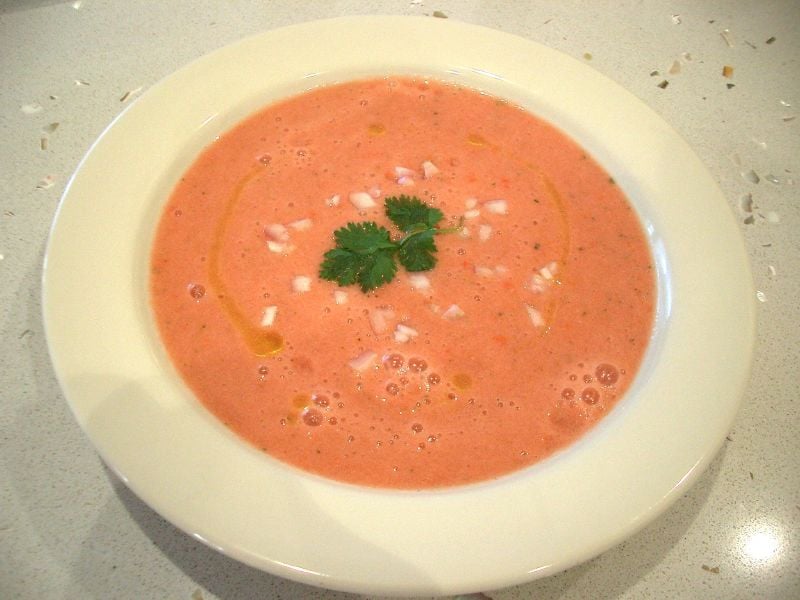
Ajoblanco
Sometimes called “white gazpacho”, this cold garlic soup is popular in Andalusia in southern Spain. In Málaga, it is often served with fresh fruit like apples, grapes or melons.
READ ALSO: Recipe: How to make Andalusian Ajo Blanco soup

Papas aliñás
This cold summery potato salad dish comes from Cádiz in southern Spain. It’s prepared with onions, parsley, sherry vinegar and usually topped with slices of hard-boiled egg.
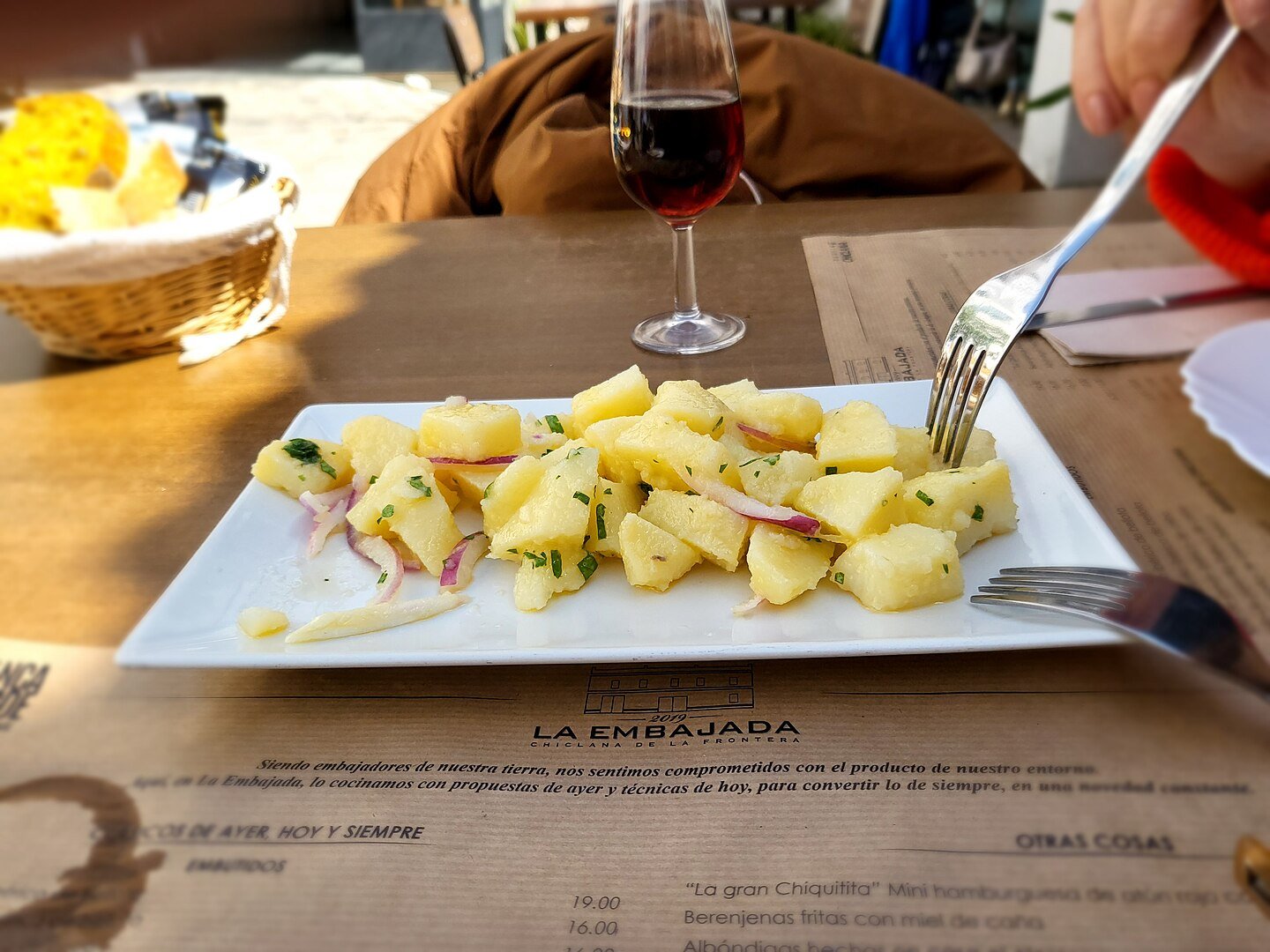
Salmorejo
Much like its sister dish, gazpacho, this cold soup graces the menu of many a Spanish restaurant during the summer. It’s thicker and creamier than gazpacho and is often served, as pictured, with bits of serrano ham and hard-boiled eggs on top.

Salpicón de marisco
Translating to seafood medley, this Spanish dish is made with diced or minced tomatoes, onions, prawns and other seafood.
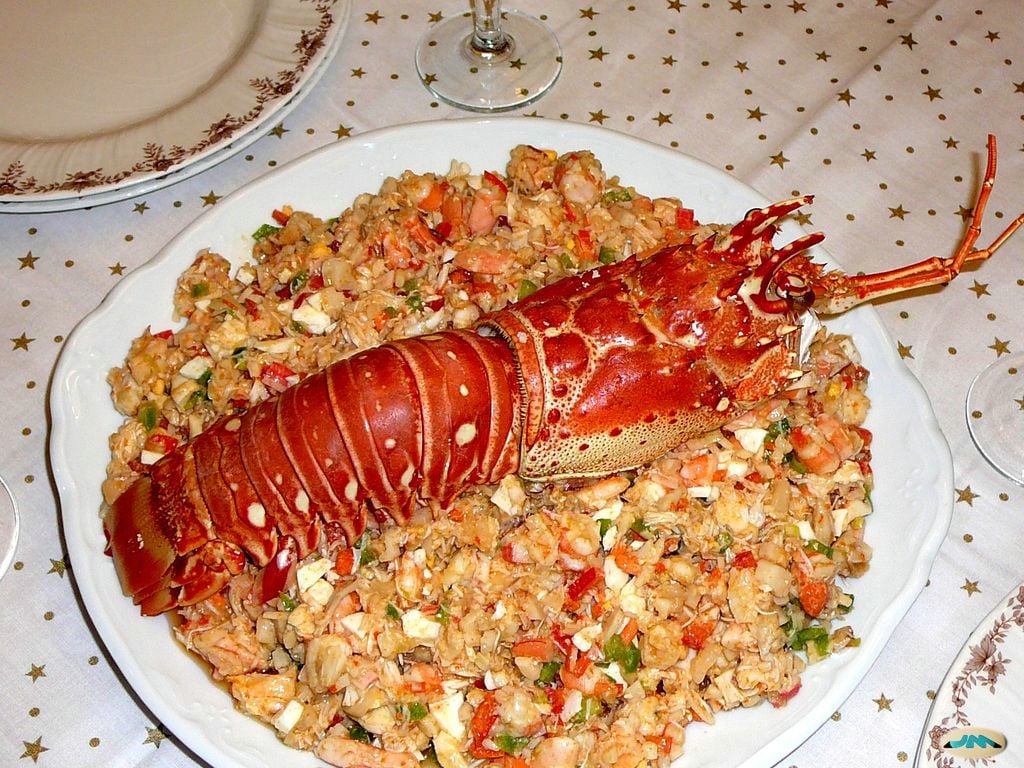



Tinto de verano or sangría
The tinto de verano mixture of red wine and lemonade (or casera, a sweetened soda water) is best served on a terraza and only ever ordered in the hottest months of the year. While tourists stick to sangria, tinto de verano is a much more authentic summer drink among Spaniards, and is guaranteed to quench that summer thirst.
READ MORE: Daily dilemmas – Tinto de verano or sangría for the perfect Spanish summer drink?
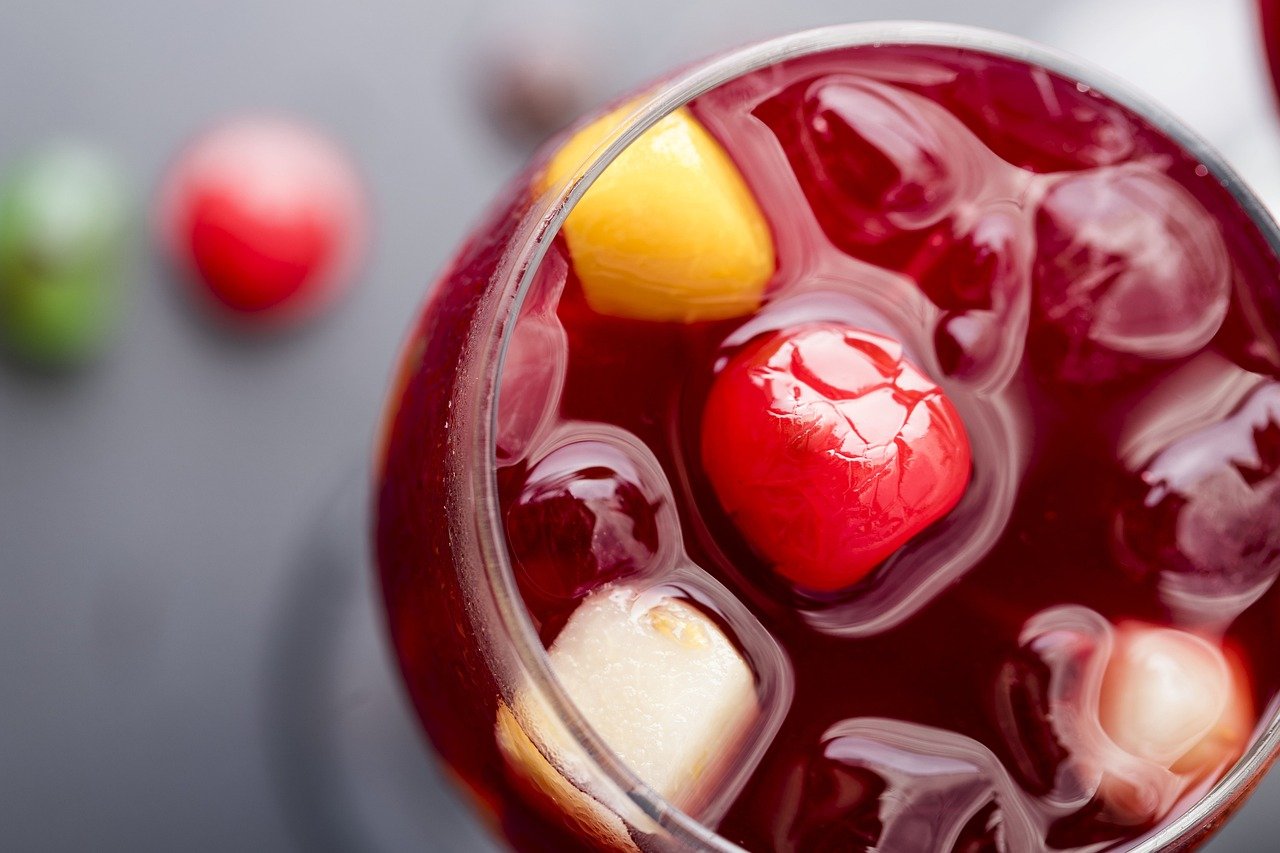
Café con hielo
Need your caffeine fix but can’t stand the thought of a hot drink? Don’t panic! Order your coffee just the way you like it but with a side of ice. It’s an art to tip the hot drink into the ice-filled glass (never the other way round) without spilling it across the table but for coffee addicts, it’s one worth mastering.

Watermelon
Juicy, thirst-quenching and refreshing, sandía, to use the Spanish name, is the perfect treat to cool you down on a hot afternoon. Guaranteed to put a smile on the sweatiest face!

READ MORE: How to avoid heatstroke when Spain starts to sizzle

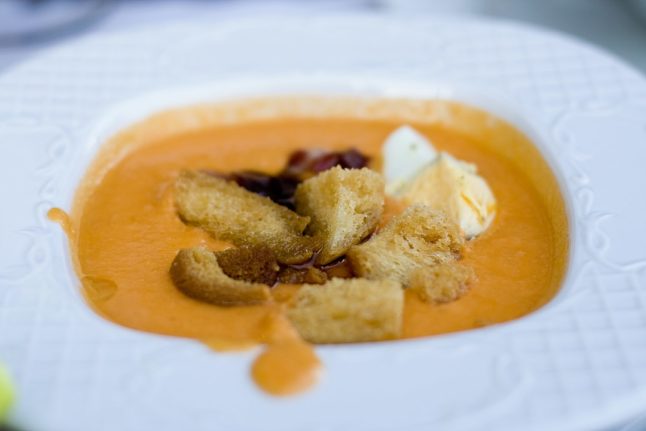
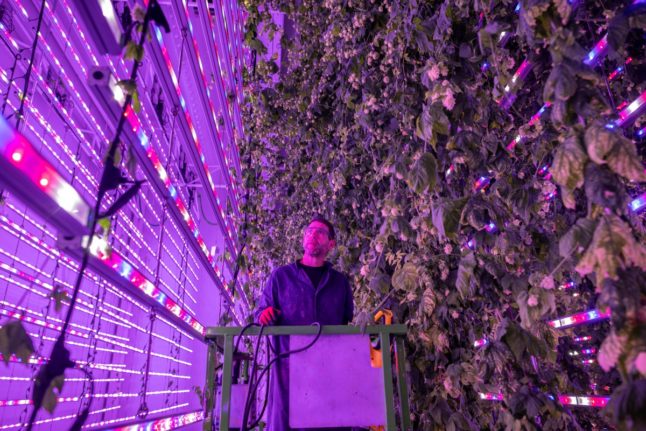
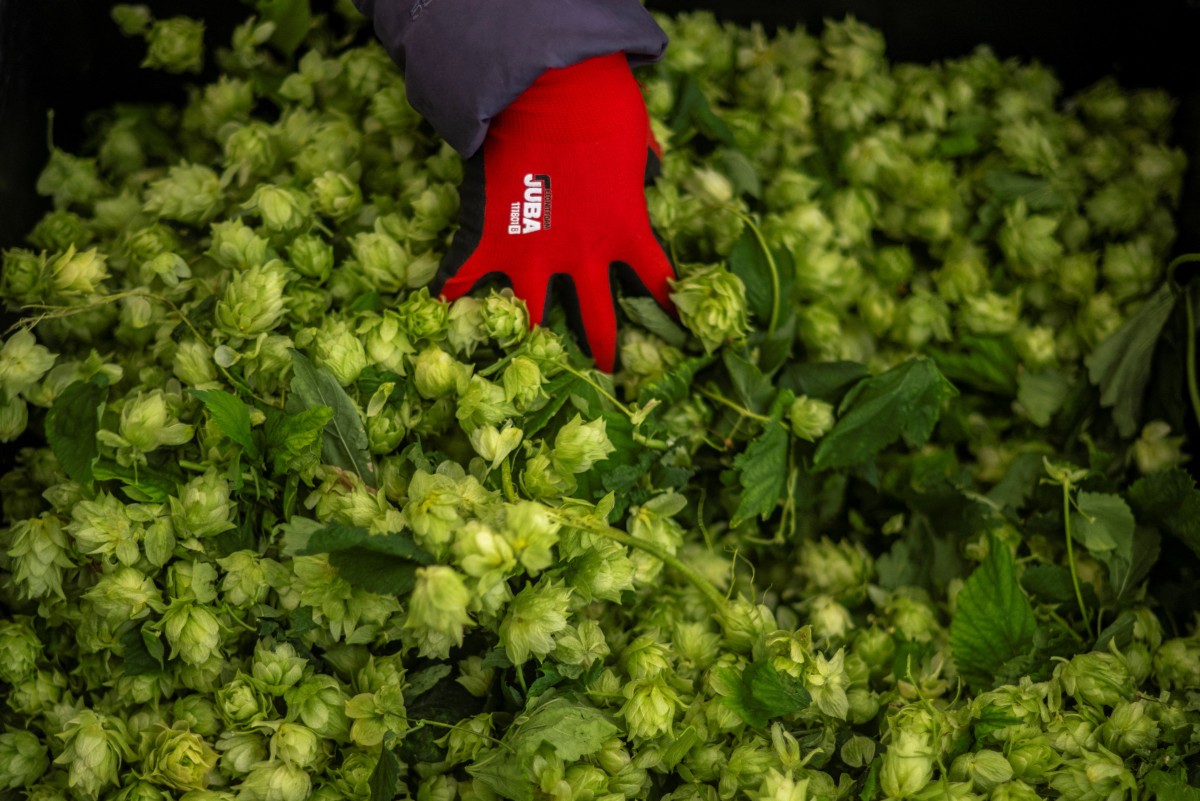
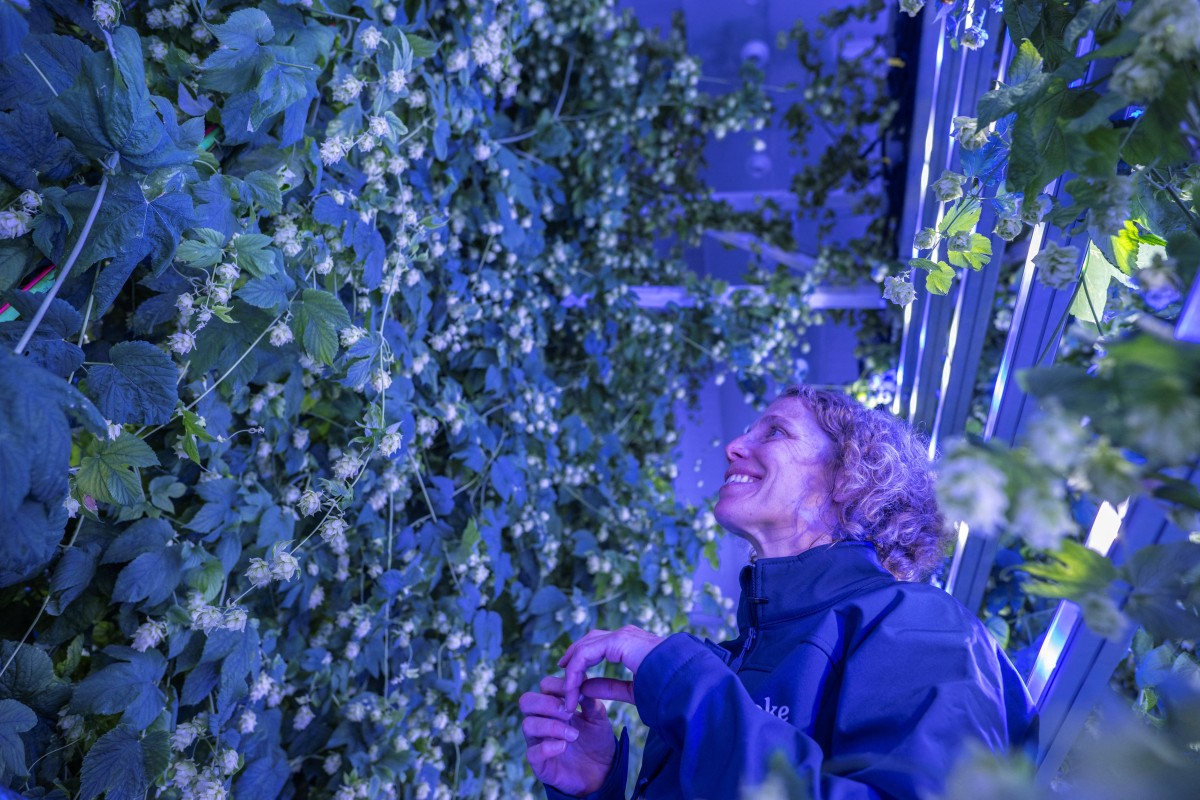
 Please whitelist us to continue reading.
Please whitelist us to continue reading.
Member comments